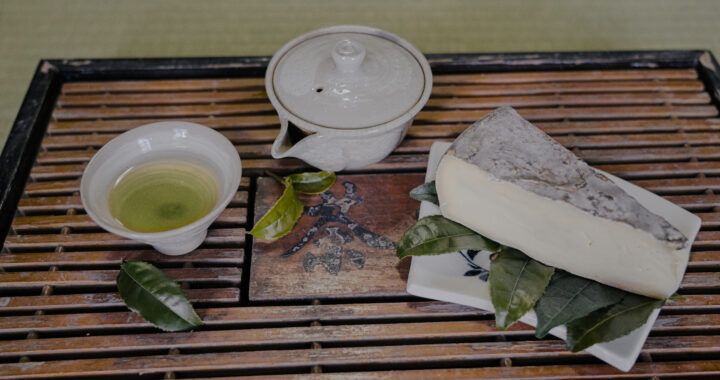When you think of cheese, you probably think of wine and bread as good foods to pair it with. While these are, of course, great options, one of the products that pairs surprisingly well with cheese is tea ! There are many ways to pair tea and cheese but here are some of my personal favourite cheeses to pair with Japanese teas ! In this series of blogs, almost all the cheeses are French because that is what I personally know best but feel free to experiment with any cheese and find the best pairings!
This tea and cheese pairing blog is broken into a series, with a focus on a different type of cheeses in each. For simplicity and to avoid posting too many blogs, I have broken them up in 4 broad categories: soft cheeses (not heated or pressed during processing), pressed cooked (heated over 50°C during curdling), pressed uncooked (heated over 50°C during curdling), and blue cheeses (innoculated with Penicillium Roqueforti or Glaucum) . Each blog also contains some cheese information, covering general cheese knowledge, tasting information, and fun facts!
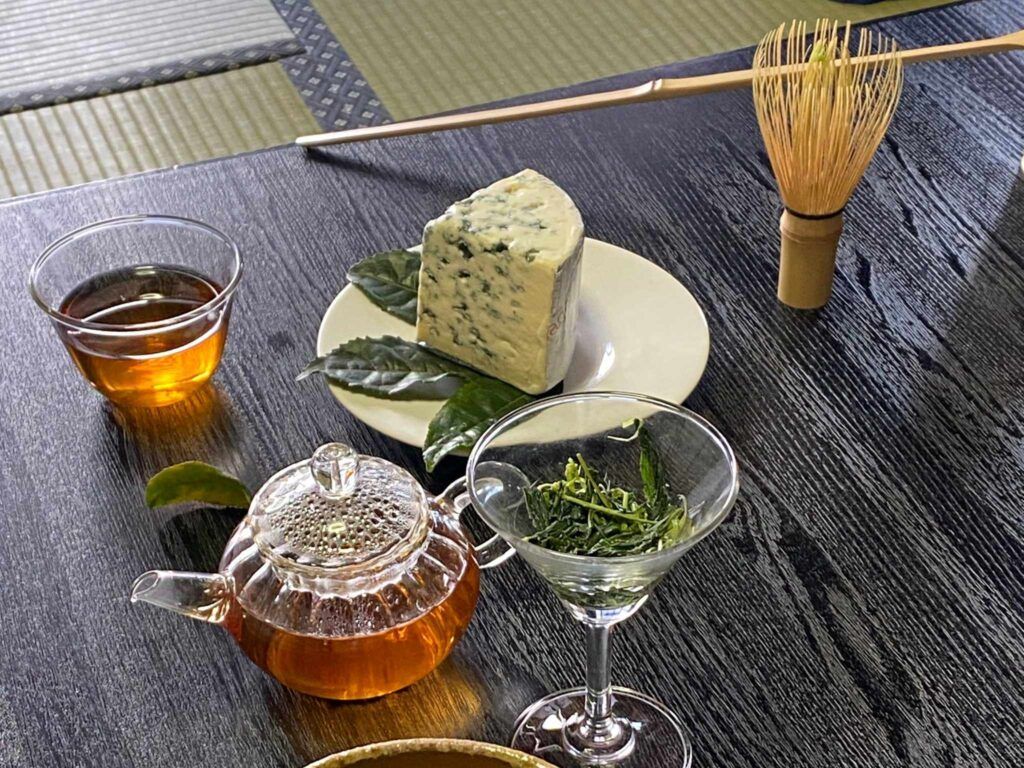
Morbier PDO & Tsugumi kukicha
Morbier‘s appearance might induce you into thinking it is a blue cheese, however its distictive central ash line is a marbling effect achieved with vegetal charcoal. Historically, farmers covered the curd from the evening milk with ash to protect it before adding the next morning’s curd from the second milking, creating a cheese with a distinctive ash line. Tsugumi Kukicha is a roasted stem tea, a great low caffeine alternative to leaf tea. Sharing similar flavours to hojicha, it has sweeter tones with hints of bark and chocolate. This light roastiness highlights the Morbier’s creamy texture and fruity notes to create an indulgent combination.
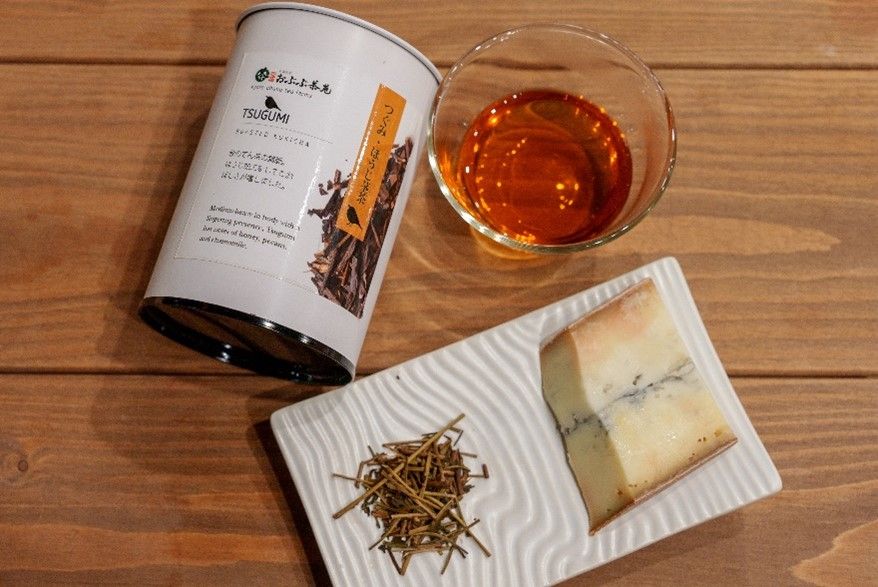
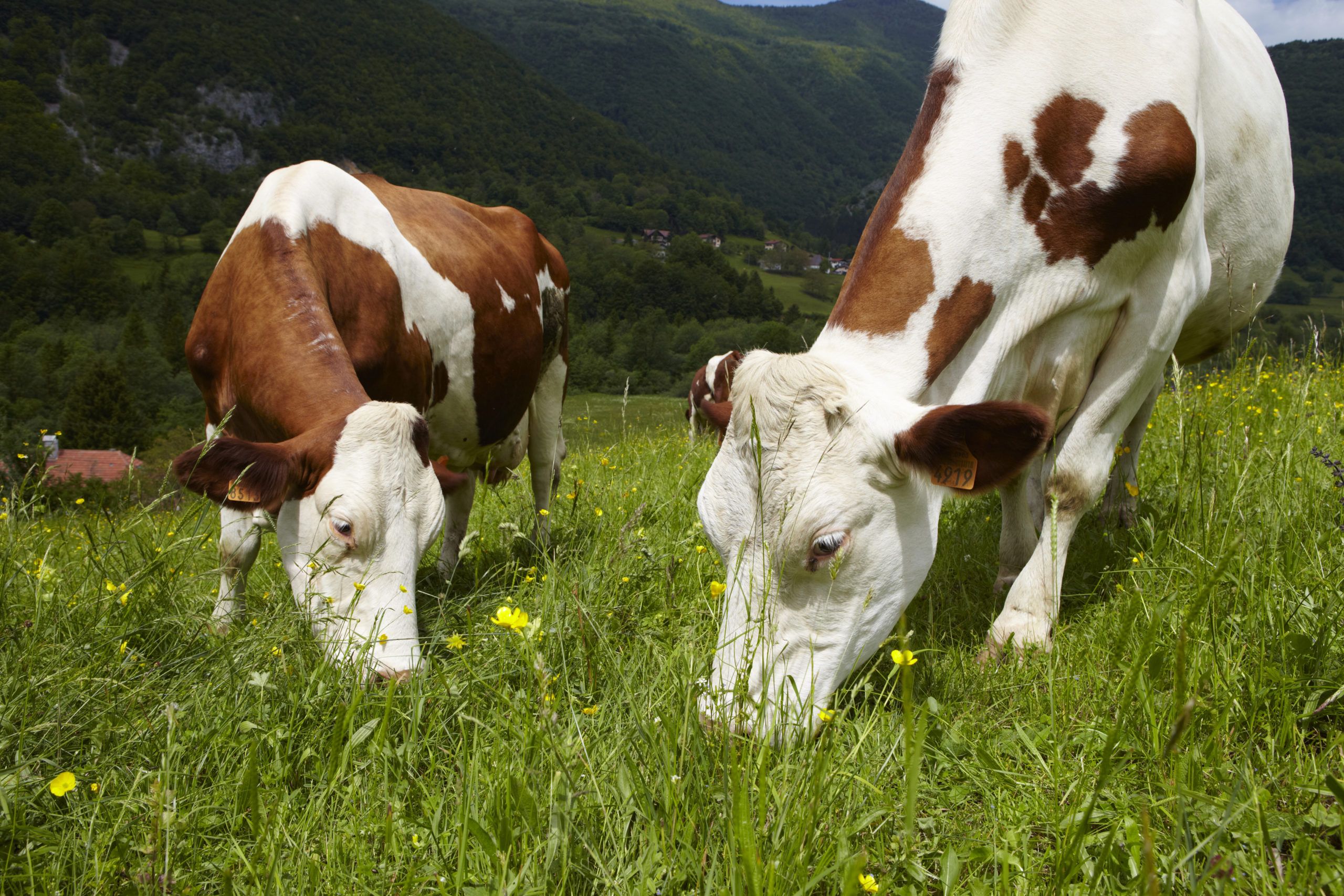
Brézain & Kyobancha
Made from pasteurized cow’s milk, Brézain is smoked after 6 to 8 weeks of maturation, which is actually where its name comes from, since in French, “braise” means charcoal. The distinctinve smokiness of Brézain matches perfectly with Kyobancha, a smoked green tea, harvested in the late winter, only a few weeks before the start of the spring harvest. Typical of the Kyoto region, Kyobancha is also a sweet and low-caffeine tea that is easy to drink throughout the day (one could argue that it’s also very easy to eat Brézain throughout the day).
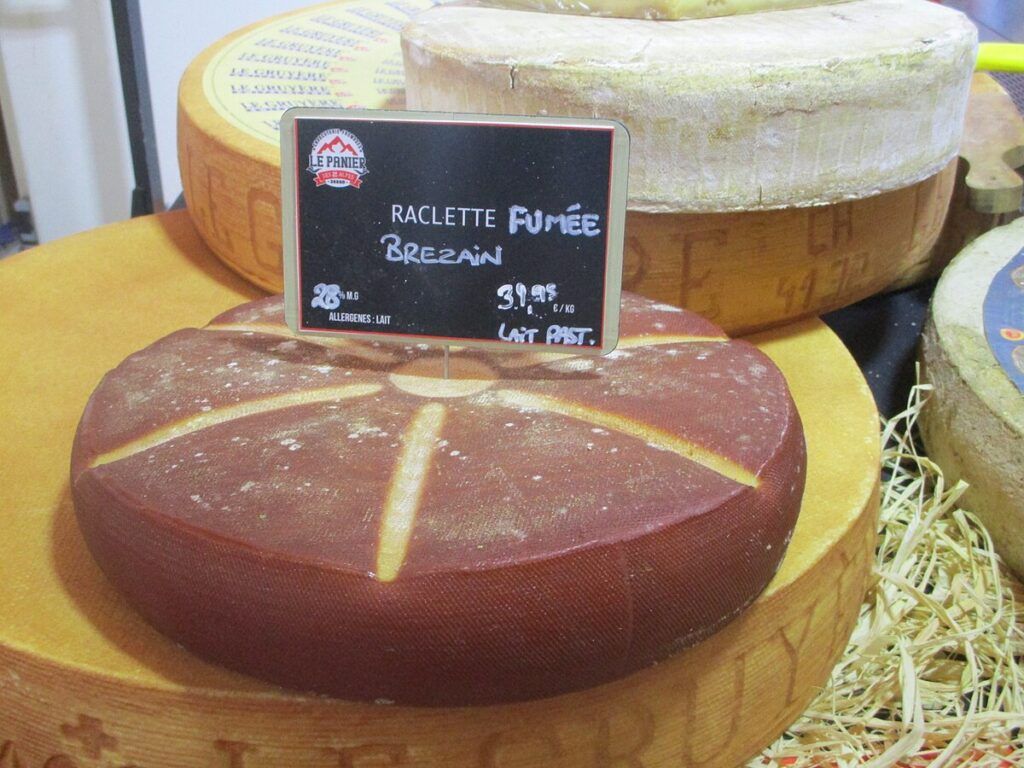
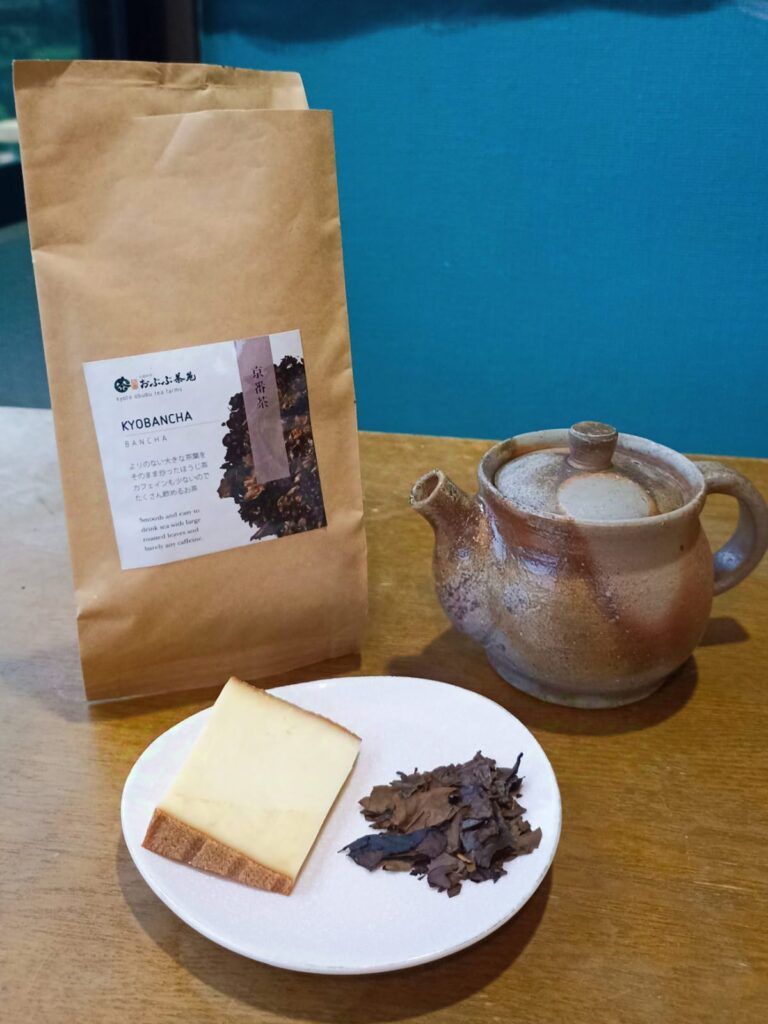
Villa Noble & Sencha of the Autumn Moon
Villa Noble is a Spanish goat’s cheese with a soft rind coated in paprika oil which gives it a lovely smoky flavour. This cheese is otherwise soft in taste with almost sweet, slightly fruity, and earthy notes which pair well with the earthiness of Sencha de la lune d'automne. Harvested in the start of Autum, this rare green tea has mellow floral and astringent notes that complement Villa Noble’s aromatic profile.
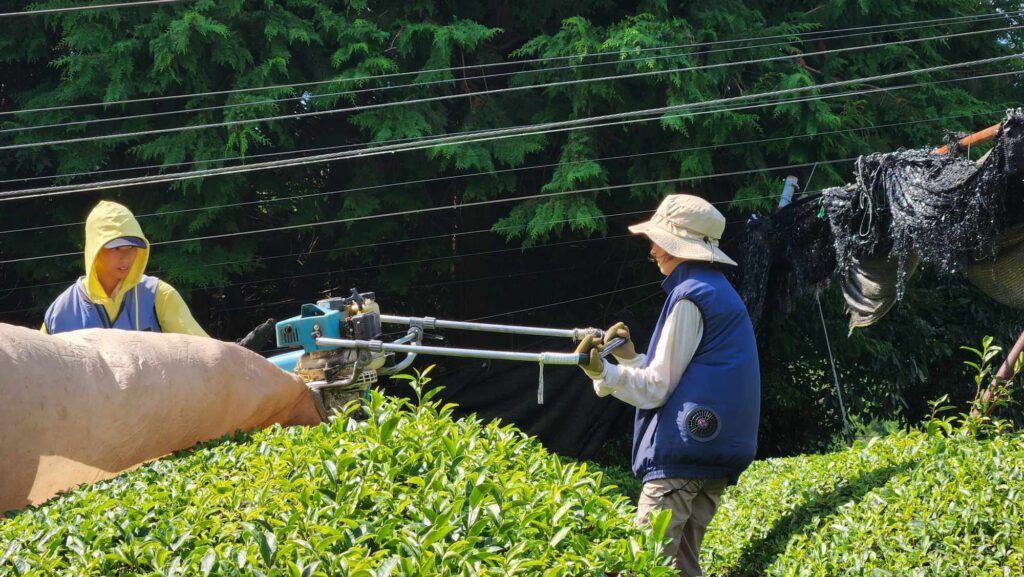
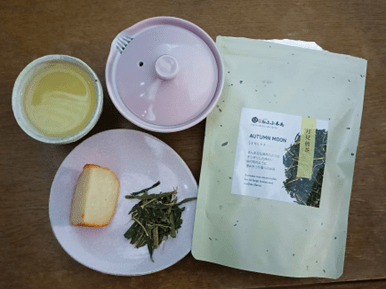
Corsu Vecchiu & Hoji-Genmaicha
Meaning “old corsican” Corsu Vecchiu is made from ewe’s milk and is matured at least 5 months in the village of Lucciana (Corsica). Through this lengthy maturation, the cheese develops a hard yet creamy texture and its characteristic soft nutty flavour. This nuttiness is also found in Hoji-Genmaicha which mixes hojicha (roasted green tea) with genmai (roasted mochi rice) to achieve an almost popcorn-like taste. Pairing Corsu Vecchiu and Hoji-Genmaicha is the go-to comfort combination.
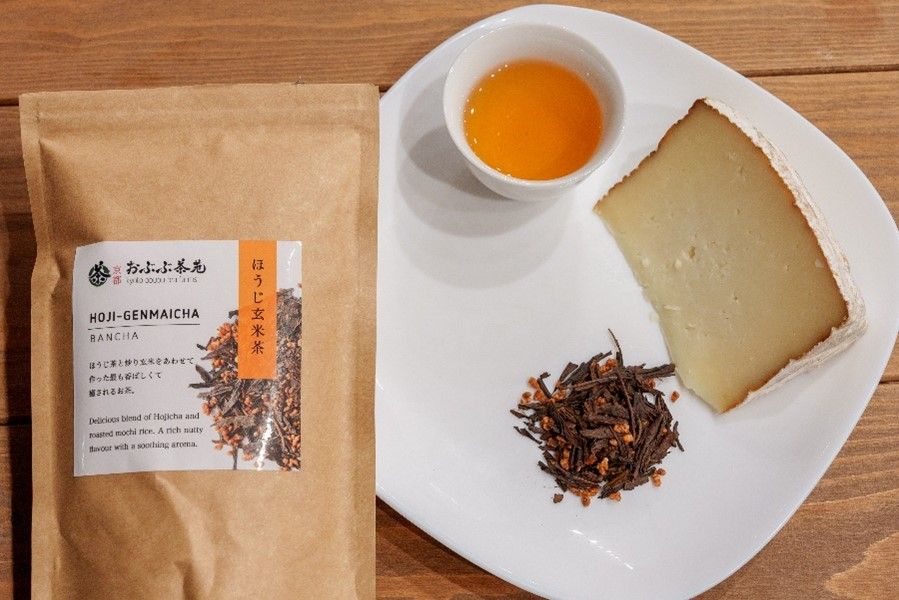
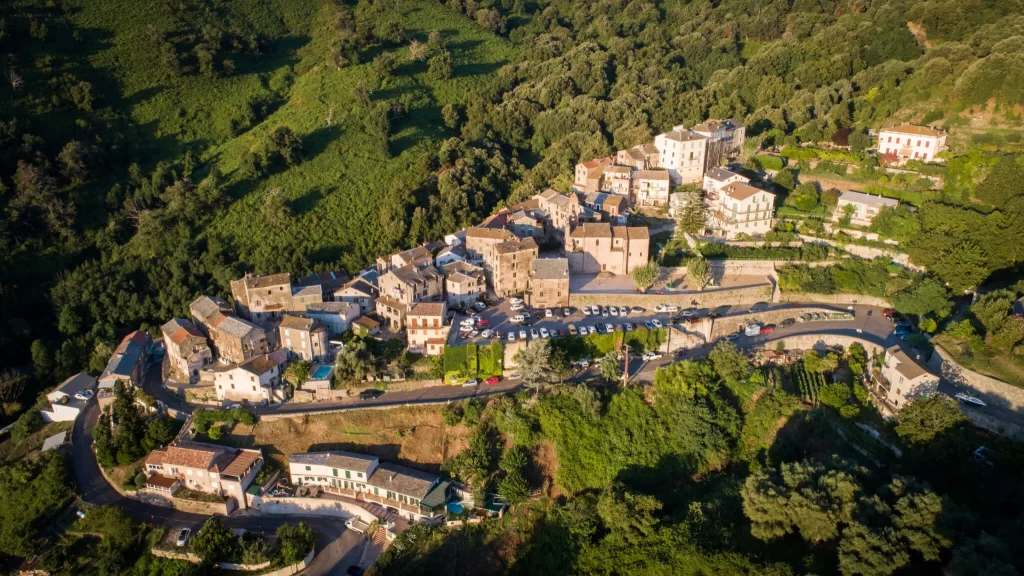
Saint-Nectaire PDO & Natural Sencha
From the old volcanic region of Auvergne, Saint-Nectaire is a raw cow’s milk cheese. Its creamy acidity and freshness go hand in hand with the light umami and astringent balance of Sencha naturel, a high quality unshaded green tea from the Aoimoiri “Blue Forest” tea field. These opposing flavour profiles pair surprisingly well together, lifting each other up without masking the subtle aromas that characterize both Natural Sencha and Saint-Nectaire.

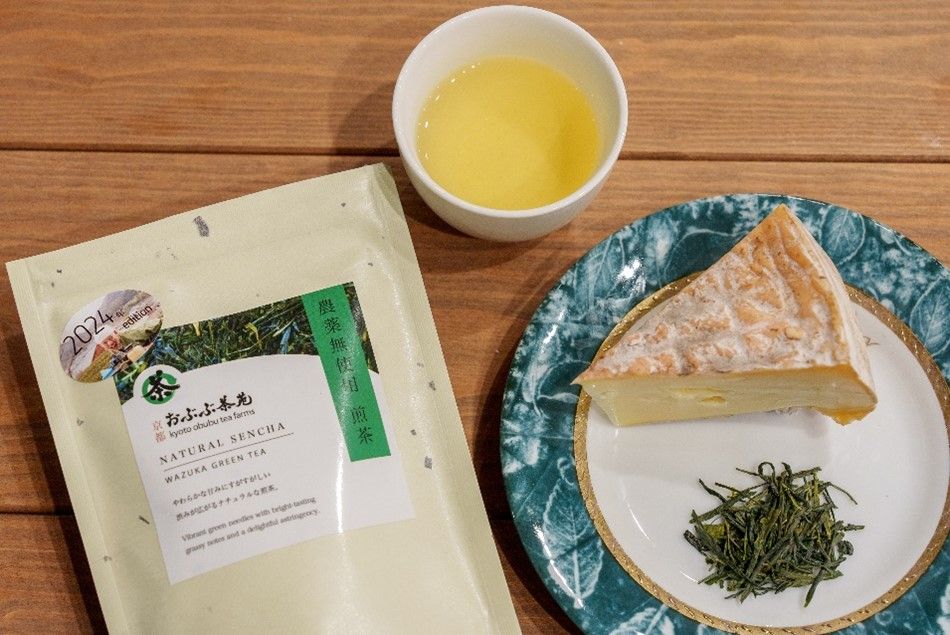
Tomme truffée des montagnes & Natural Gyokuro
As its name suggests, Tomme truffée des montagnes comes from the mountainous region of Savoie and is aged for 1 to 3 months. This cheese masterfully combines the tangy lactic flavours of Tomme, which are grounded by the earthy and mushroomy flavours of the truffle. These complex and refined notes are deepened by the silky grassiness and light umami of Gyokuro naturel, made from high-quality spring leaves that are shelf-shaded for three weeks.
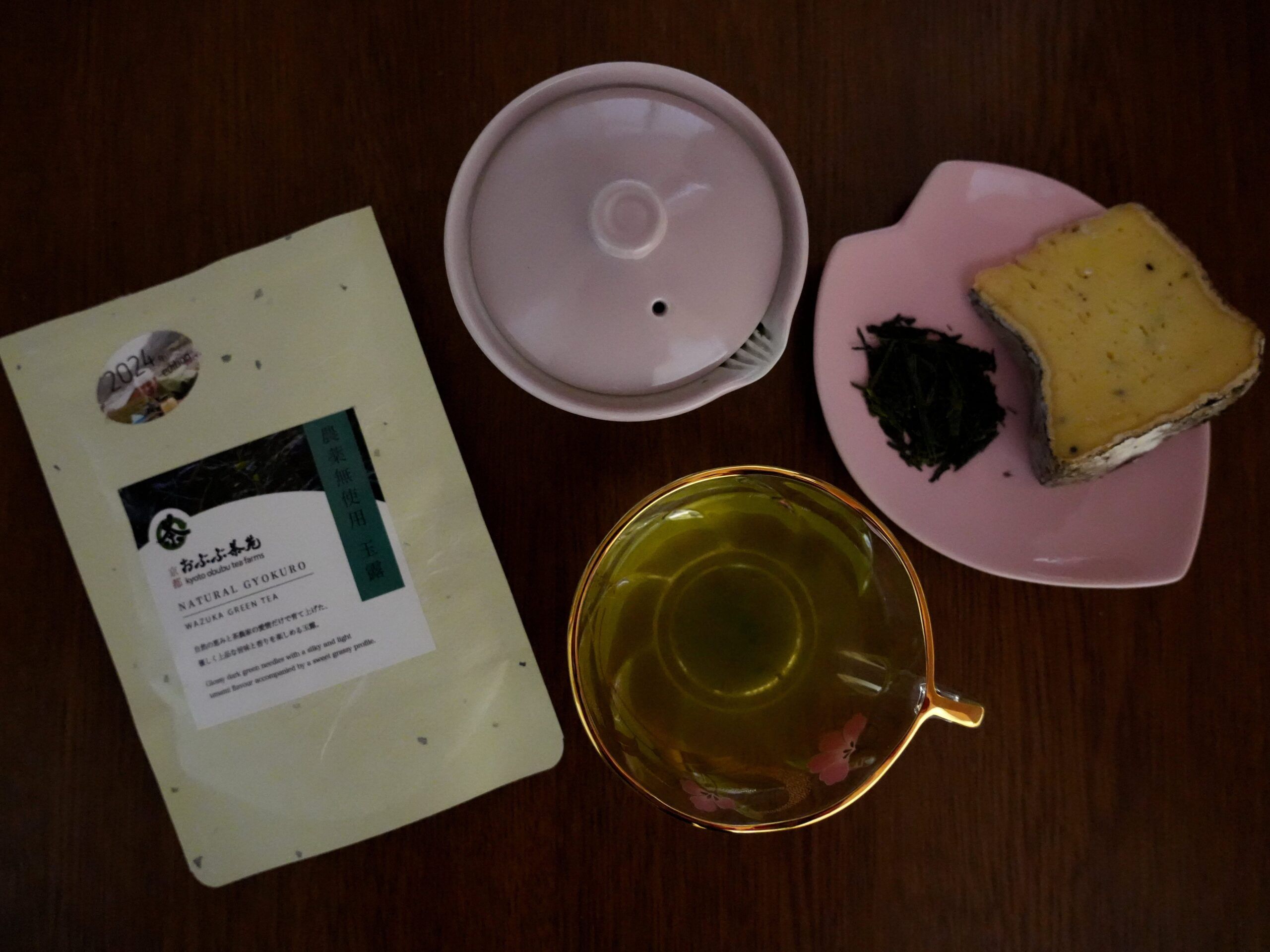
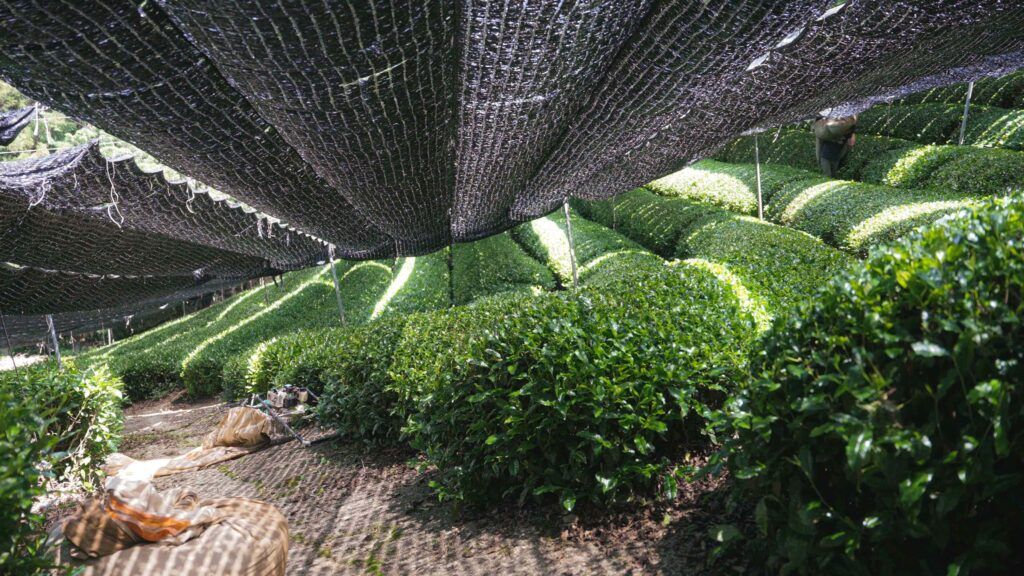
To best enjoy your cheese, make sure to store it in the refrigerator between 2 and 6°C in its original packaging. Take it out of the fridge 30 minutes to one hour before tasting to best appreciate the cheese’s aromas. When tasting – just like with wines and teas – it is recommended to eat cheeses from mildest to strongest, to avoid any overpowering aromas from hiding the flavours of more delicate products.
Finally, an important point to discuss : yes you can eat most cheese rinds ! As long as the rind is not made of wax (in the case of Gouda for example), it is most likely edible. Some very hard rinds might be difficult to chew and therefore some consider them inedible but it’s just a question of determination ! As with tea, cheese is freedom.
– Alix (assistant manager #6)

